|
By Dee Hudson and Charles Larry Spring Summer Autumn Winter
3 Comments
By Charles Larry, with a thank you to Bill Kleiman for his help. Fire! The very word can conjure up images of terror or comfort. Forest fire, wildfire, or house fire evoke terror, while campfire, hearth fire, and cooking fire suggest comfort. Fire for a prairie or savanna means renewal. Fire is a necessary element in the way these ecosystems evolved. The native peoples of the prairies were using frequent low intensity landscape fires to encourage habitats that fit their needs for hunting, food, and medicine. The natural areas we now manage are dependent on those fires continuing. Fire kills the above ground portions of small trees and shrubs, sparing the oaks and hickories, which have adapted to fire with thick bark and the ability to re-sprout as needed. After a prescribed burn, the landscape looks bleak, seemingly devoid of life. But this is an illusion. Fire sets back woody plants, encourages wildflowers and grasses, and cycles nutrients. In just a few weeks vegetation begins to sprout anew. Plants such as wild lupine, foxglove, and ferns flourish after a prescribed burn. By summer, everything is in full bloom. Wildlife, such as deer, coyotes, foxes, rabbits, squirrels, opossums, raccoons, and birds, such as wild turkeys, red-headed woodpeckers, chickadees, goldfinches, indigo buntings, not to mention the myriad insects, all benefit from the lush environment. In this photo we see some old standing oaks that died from oak wilt or some other oak disease. Autumn is seed time and root time, returning again to underground. Dragonflies mass, preparing for migration. Migratory birds, such as northern flicker, indigo bunting, and summer and scarlet tanagers also gather in flocks to begin their migrations south. Tree frogs cease singing and bury themselves under logs, rocks, or leaf litter to hibernate the winter. The air becomes cooler. Frost happens with more frequency, foretelling the coming of winter. Winter is quiet and still but by no means vacant of life and activity. Deer roam about, eating dry grasses or other plants coming up through the snow, as well as twigs and the bark of trees. They also eat acorns or hickory nuts that have not been stored away by the squirrels. Coyotes and foxes prowl for voles or mice under the snow. Because the land is blanketed with snow, it protects the seeds that have been dispersed. When the snow melts in spring, it will help to plant and nourish those seeds. Thus the cycle begins again. This week's blog was written by Charles Larry, a volunteer and photographer at Nachusa. To see more of his images, visit his photography website.
By Leah Kleiman Amur honeysuckle (Lonicera maackii) is a perennial shrub native to temperate Asia and is invasive in the Midwestern United States. It now infests many savannas and woodlands and is difficult to eradicate. Bill and Susan Kleiman and I are co-authors of a study recently published in the journal Ecological Restoration, titled “The Successful Control of Lonicera maackii (Amur honeysuckle) with Basal Bark Herbicide” (http://er.uwpress.org/content/36/4/267.full.pdf+html). Our study looked at the efficacy of basal bark application, where a mineral oil solution of herbicide is sprayed in a 6-inch band on the bark without cutting the plant. Our study found 100% mortality with basal bark treatment. A variety of other treatment methods are used to battle honeysuckle. Manual pulling works well on small individuals in soft ground, but becomes impossible with larger sizes. Cutting and treating the stumps with herbicide is effective, but very time-consuming. We recommend the cut-and-treat method for sensitive high-quality areas. A foliar spray of herbicide is effective and efficient, but will have much more off-target damage and can only be used in the growing season. Fire is a useful tool in keeping brush at bay, but it will only top-kill shrubs. The basal bark method is efficient, effective in all seasons, and has minimal off-target damage. Some things to keep in mind: 1) Re-treating is important for success. One treatment is not enough. Some shrubs will inevitably be missed, and yearly recruitment will occur until the seedbank is exhausted. 2) Honeysuckle treated in the dormant season may still leaf out and die later in the growing season. So if you notice this, it does not mean that your treatment has failed, but rather that you need to check back at a later date (typically late summer/fall). Our study concludes that basal bark treatment paired with regular fire is the optimal way to eradicate honeysuckle invasions. For more information on treating honeysuckle with basal bark, see the February 3, 2019 blog post “A Study on Controlling Amur Honeysuckle (Lonicera maackii)” by Kaleb Baker.
By Kaleb Baker
Amur honeysuckle (Lonicera maackii) is an invasive shrub that flourishes along forest edges and in open woodlands such as those at Nachusa Grasslands. Amur honeysuckle shades out native flora with its early leaf-out and prolonged leaf retention, and when left uncontrolled, can produce a near monoculture, threatening biodiversity.
Land stewards everywhere have implemented a variety of different eradication methods, including hand pulling, cut-and-treat with herbicide, foliar-applied herbicide from backpacks or helicopters, basal bark herbicide treatments, and prescribed fire. Continuous treatments and monitoring are needed to eradicate Amur honeysuckle, making the cost, effort, and time requirements of controls important.
Knowing the efforts we go through to manage honeysuckle, as well as the amount of conjecture surrounding the best practices, I worked with my advisor Dr. Nick Barber to study how effective basal bark treatments and prescribed fire are at controlling honeysuckle., I decided to study how effective basal bark treatments and prescribed fire are at controlling honeysuckle. Basal bark and fire are regularly-used control methods at Nachusa. Basal bark treatments involved spraying a 20% solution of triclopyr herbicide around each plant’s base from a backpack, which was both quick and easy. In this study I included 800 individually-marked Amur honeysuckle at 5 different sites within Nachusa Grasslands and Franklin Creek State Natural Area. Basal bark treatments were applied in fall 2017, winter 2018, early spring 2018, and late spring 2018 to see if the season of application affected the mortality of honeysuckle or the extent of damage to non-target flora. Prescribed fire was administered to half of each of the 5 sites in spring 2018. I then checked mortality in the early fall of 2018 to allow the honeysuckle time to either drop its leaves and regrow them (falsely dead) or to retain its leaves for an extended period of time before dying (falsely alive).
I found that basal bark applications were equally effective at killing Amur honeysuckle, regardless of treatment timing. The combined mortality rate of herbicide treatments was 98.4% across all herbicide treatment seasons, compared to a 2.5% mortality with no basal bark treatment. Prescribed fire did not impact mortality positively or negatively.
I also placed a 1m2 quadrat around 200 Amur honeysuckle to measure off-target damage to the plant community in spring 2018, finding a decrease of living cover equating to about a 10-inch radius. The off-target “ring of death” did not differ based on fire treatment or basal bark season.
I was lucky to receive a grant from the Friends of Nachusa Grasslands where I will be able to return in May 2019 to resample the off-target vegetation quadrats to evaluate how quickly the flora recover from the various treatments.
From my current results, I highly recommend using basal bark treatments to control Amur honeysuckle for all but the highest quality of areas. The speed and ease of use allow managers to cover large swaths of invaded areas across fall, winter, and spring seasons. The standing dead material from the honeysuckle can be reduced with a masticator or brush mower in the non-growing season or with regular prescribed fire, which should be implemented anyway.
Kaleb Baker is a Master's Candidate at Northern Illinois University, focused on natural areas management practices, and current Stewardship Committee Chair for Franklin Creek Conservation Association.
Autumn has always been my favorite season. Oaks are my favorite trees. So, it seems fitting in "Oaktober" to write about oaks and oak woodlands At Nachusa Grasslands and other places in the Midwest, we are trying to restore the health of our oak woodlands. And really, our region is defined by the oaks. The Nature Conservancy calls our eco-region “The Prairie-Forest Border” between the grand prairie to the south and the mixed woodlands in neighboring states to the north. The area was historically maintained as prairie intermixed with oak savanna and woodlands by Native American nations. Natural plant and animal communities of the region were a direct result of Native Peoples’ use of fire on the land. Without fire, in “The Prairie-Forest Border,” the amount of rain we receive would have yielded dense forests. Many botanists have defined the various intergrades between savanna, open woodland, and closed woodland by the level of sunlight and density and species of trees. (See https://oaksavannas.org/) Today, much of our Illinois woodlands have become too shady to allow sun-loving oaks to grow. Shade is the enemy of oaks. Acorns in shade will not thrive after germination and the limbs of oaks will also die if shaded. How can we tell if the “woods” we are looking at was historically savanna or naturally shady? The presence of large, old oaks with limbs that stick straight out (or used to, but are dead now) indicate the area was likely savanna. An oak growing in full sun without other trees close by will grow limbs horizontally. Oaks that grow close together grow their limbs vertically to reach the sun. To give the oaks a fighting chance modern prairie restorers make use of controlled burns, as well as actual removal of invasive trees growing under and up into the limbs of the old sentinel oaks. We also remove the non-native bush honeysuckle (and other non-native shrubs) from the understory. Our region’s historic mixture of prairie interspersed with woodland types — from dry to wet, from open to somewhat shady — had an enormous species diversity of understory flowers, grasses, and native shrubs. If action is not taken by restorers, the result is a mud forest floor, impenetrable understory with honeysuckle bushes, and an overstory of dead oaks. Elms, maples, and other shade-loving fire intolerant trees move in to take the place of oaks and hickories. This combination of a solid thicket of invasive honeysuckle and loss of oaks gives hardly any habitat for animals. For example, deer and turkey dislike maple and elm, but they love acorns! Native oak-hickory savannas and woodlands in the region are disappearing along with bird species that depend on the open structure: red-headed woodpeckers, great crested flycatchers, and eastern bluebirds. Native wildflowers such as kitten tails, wild hyacinth, prairie lily, and starry campion along with grasses such as bottle brush rye, woodland brome, and long-awned wood grass will not grow in heavy shade. And there are the native shrubs: hazelnut, American plum, hawthorn, and Iowa crabapple! None of these tolerate shade either.
I encourage you to read up on oak woodlands, then take a hike. Explore the Stone Barn Savanna and see how we are doing. It’s a work in progress and sometimes messy, but we see the native oak savanna dependent plants and animals are thriving. Here are some great websites that discuss oak savannas: Pleasant Valley Conservancy—Oak Savannas Last of the Oak Savannas Survive in Minnesota What is an Oak Savanna? Written by Susan Kleiman, a Nachusa volunteer. By Mark Jordan It is easy to spot and identify in late autumn. The tall deciduous trees, the oaks, the hickories and others, have but a few brown leaves still clinging to their skeleton frames. Below, on shorter plants, abundant leaves remain green. A drive in the country reveals this late season green plant growing at the edge of a woodlot, deep in a forest or in abandoned fields. It is in the fall that its abundance becomes most visible. It is exotic and invasive bush Honeysuckle.  Dense Honeysuckle growth Dense Honeysuckle growth Nonnative Honeysuckles such as Amur Honeysuckle, Showy Fly Honeysuckle, Common Fly Honeysuckle and others were introduced into the United States from Eurasia more than 100 years ago. They were brought into new habitats for ornamental reasons, for erosion control and for wildlife cover. In the absence of repeated fires and in grazed and disturbed wooded areas the exotic Honeysuckles have reproduced rapidly and spread widely. 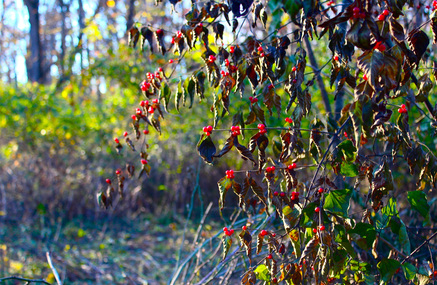 There are woodland and savanna areas now in Nachusa Grasslands where the Honeysuckle has become abundant over many decades and is disruptive to the native ecosystems. These multi-stemmed bushes can grow up to twelve feet tall and form very thick shrub layers that prevent the growth of native species by decreasing the amount of light reaching the forest floor and by using up nutrients and water in the soil. Honeysuckles are considered an allelopathic species as they release chemicals into the soil that inhibit the growth of native species. Birds that may build nests in Honeysuckle are more susceptible to predation because the Honeysuckle branches are nearer the ground than native bushes. The abundant berries, while high in carbohydrates, do not produce the fats and nutrients needed by migrating birds in the fall. I have been a steward of the East Tellabs Unit at Nachusa Grasslands since 2011. With the help of many volunteers, other stewards and the Nachusa crew, we have cut and treated thousands of Honeysuckle plants of all sizes. It is rewarding to use a pair of loppers or a saw to cut a plant near its base and treat the stump with a chemical to kill the Honeysuckle and prevent resprouting. The forest floor is exposed and sunlight may reach it for the first time in years. Other methods of attacking this invasive plant include chemically spraying the leaves, applying chemicals to the base of the plant and seasonal fires.  Painting the stems of Honeysuckle Painting the stems of Honeysuckle The work to decrease the Honeysuckles continues. A few hours working among the Honeysuckle can leave one tired, sweaty, sore, scratched and covered in burrs. Yet the tired and sore will go home feeling proud for doing a necessary task that makes a difference in the diversity and ecology of the woodlands and savannas. Each Saturday a Nachusa steward leads a volunteer workday. You might collect seeds, you might pull weeds, you might pile deadfall, or you might cut, treat, stack and burn Honeysuckle. 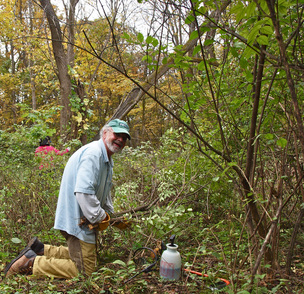 Mark Jordan Mark Jordan Text and Photography by Tellabs Steward Mark Jordan |
Blog CoordinatorDee Hudson
I am a nature photographer, a freelance graphic designer, and steward at Nachusa's Thelma Carpenter Prairie. I have taken photos for Nachusa since 2012. EditorJames Higby
I have been a high school French teacher, registered piano technician, and librarian. In retirement I am a volunteer historian at Lee County Historical and Genealogical Society. Categories
All
Archives
January 2024
|
CONNECT WITH US |
|
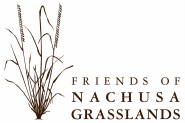
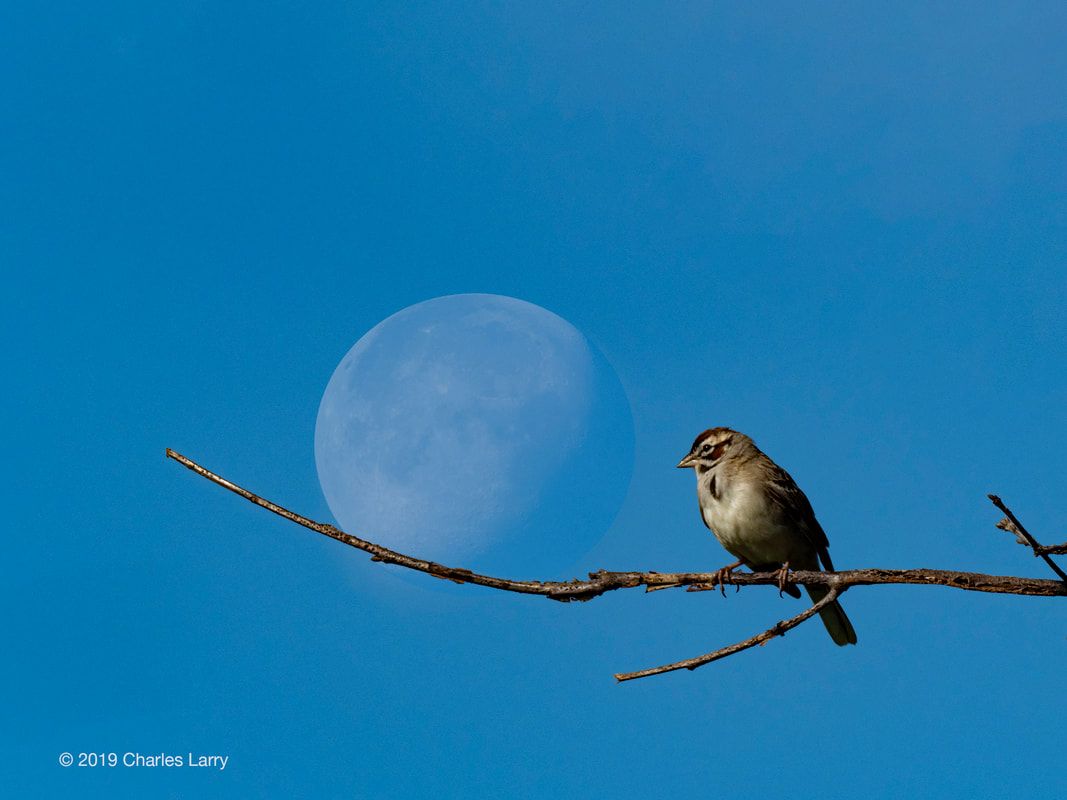

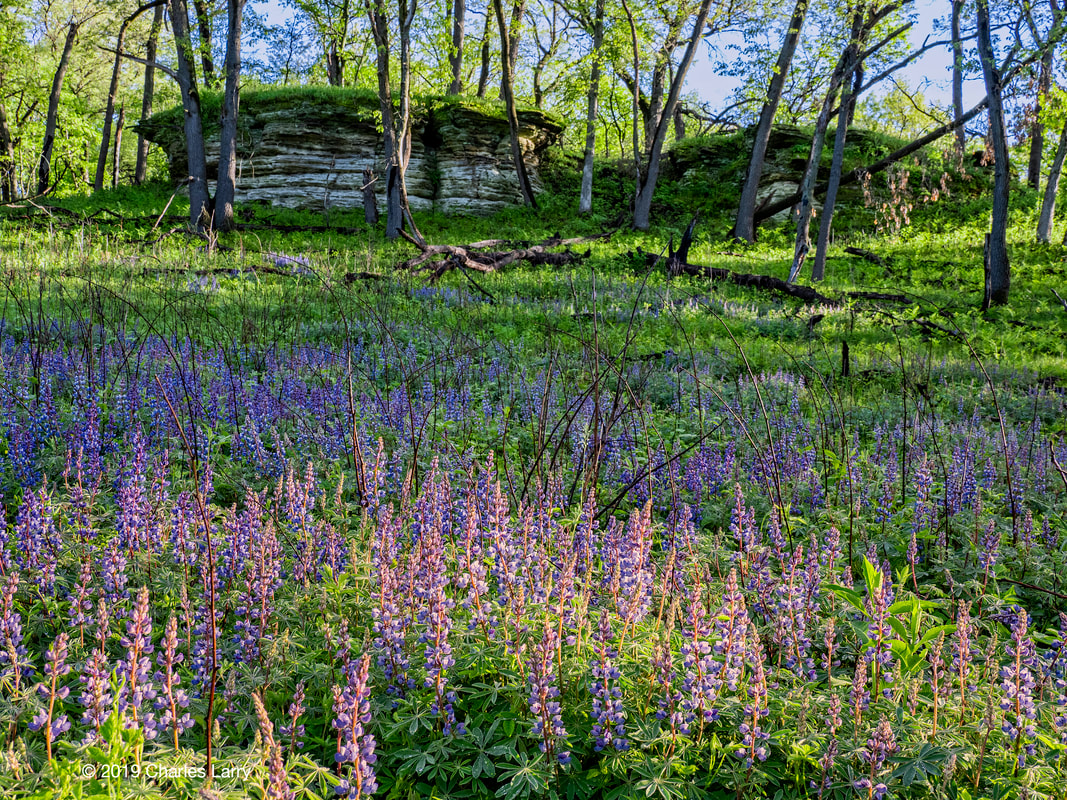
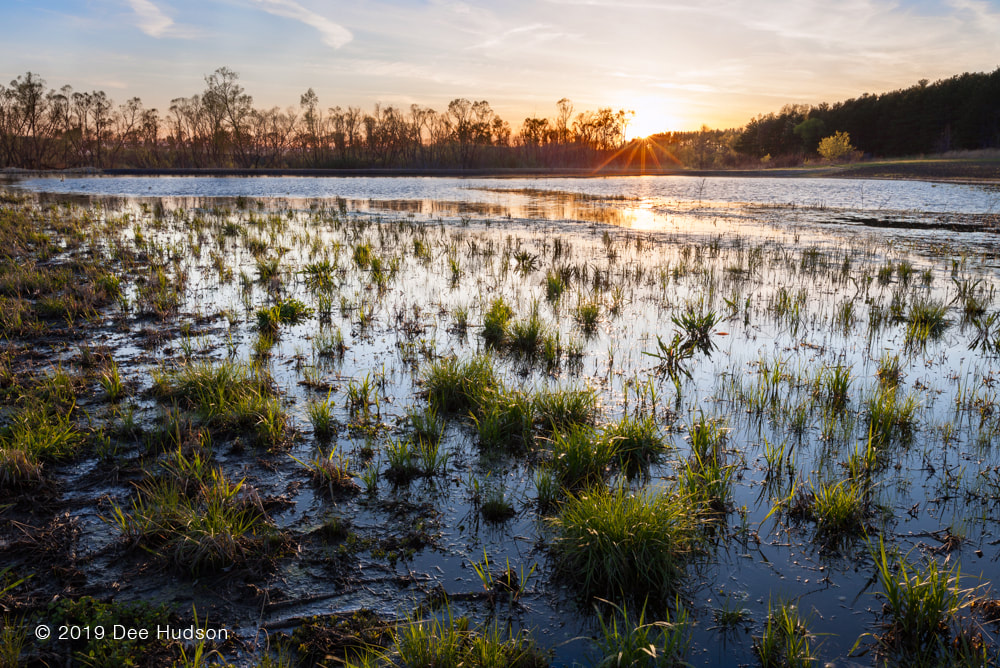
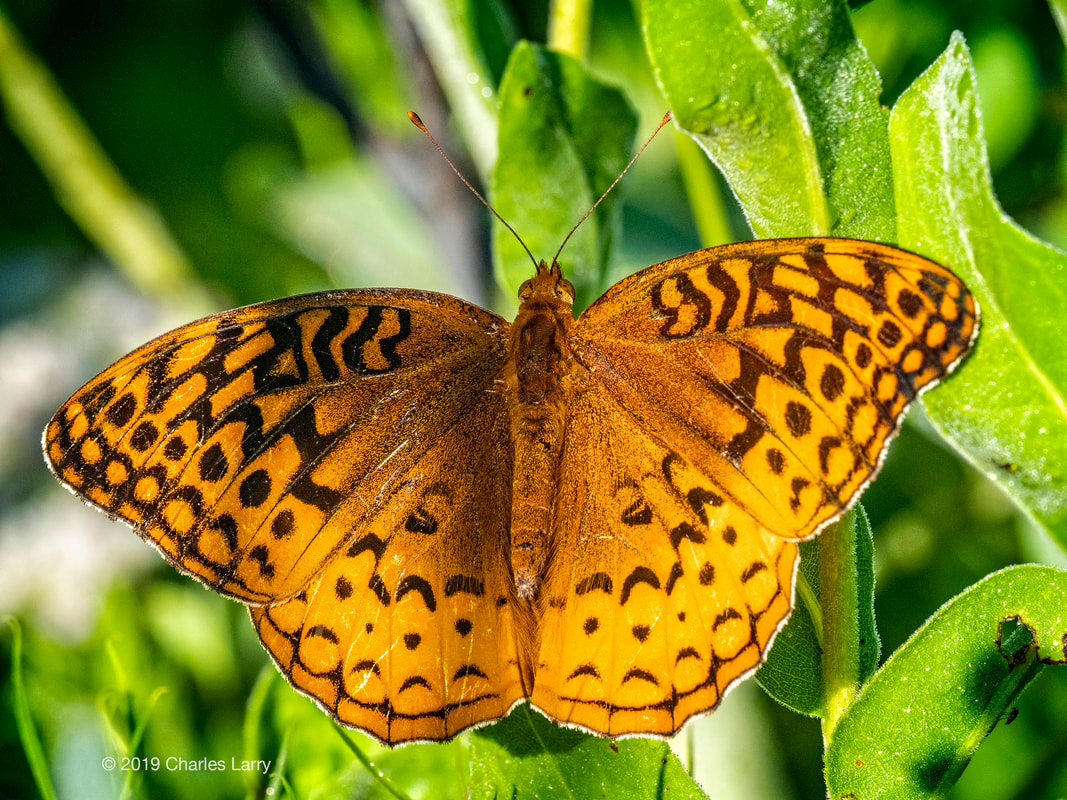
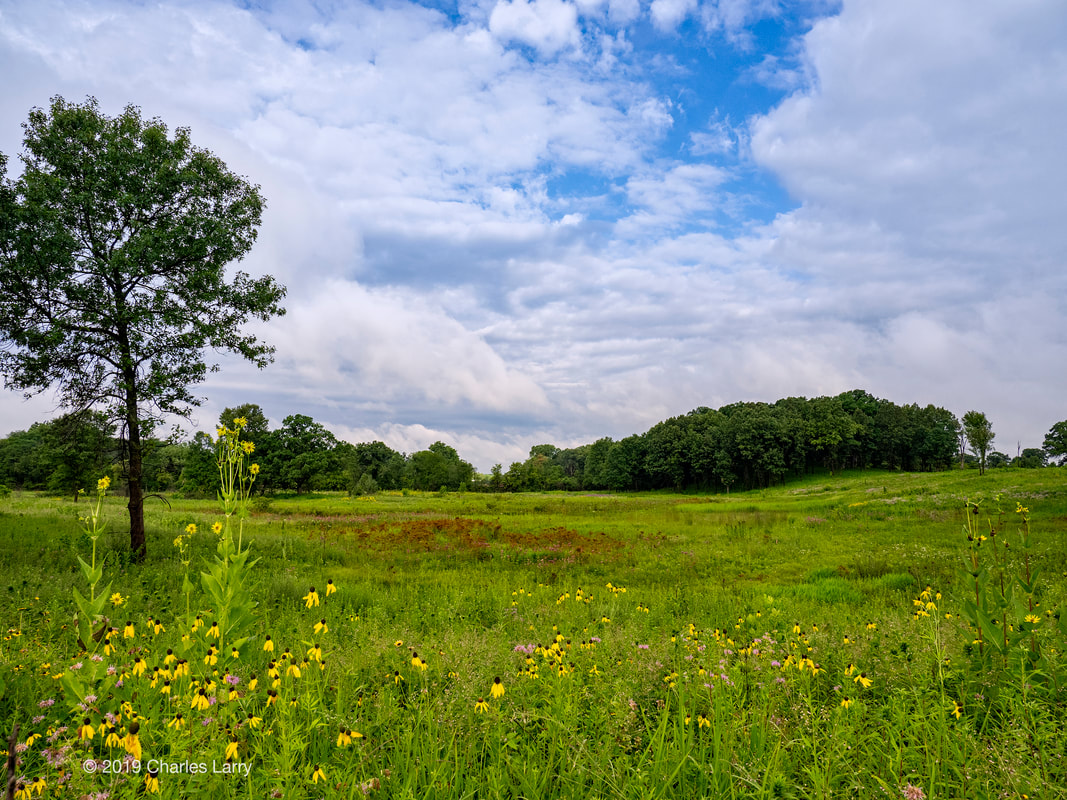
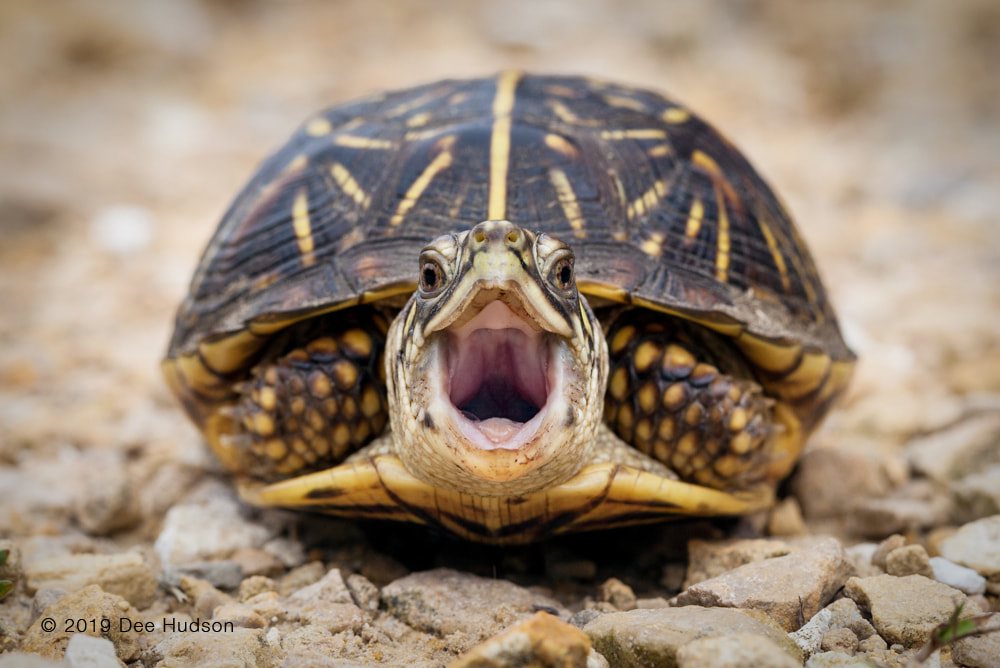
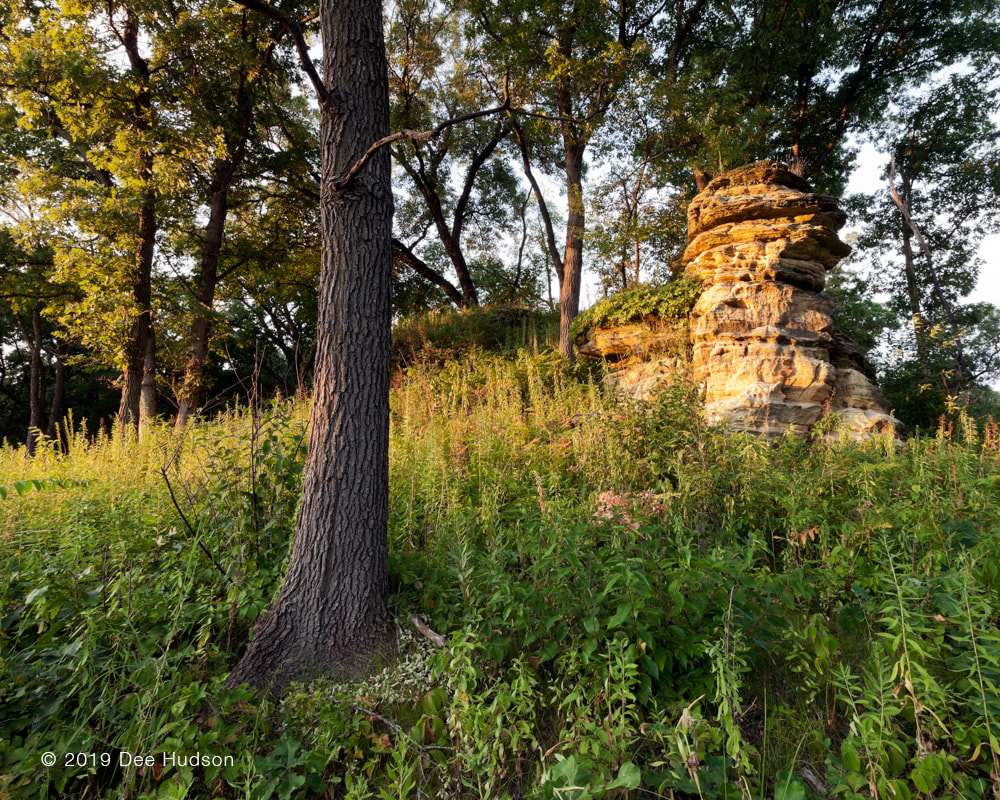
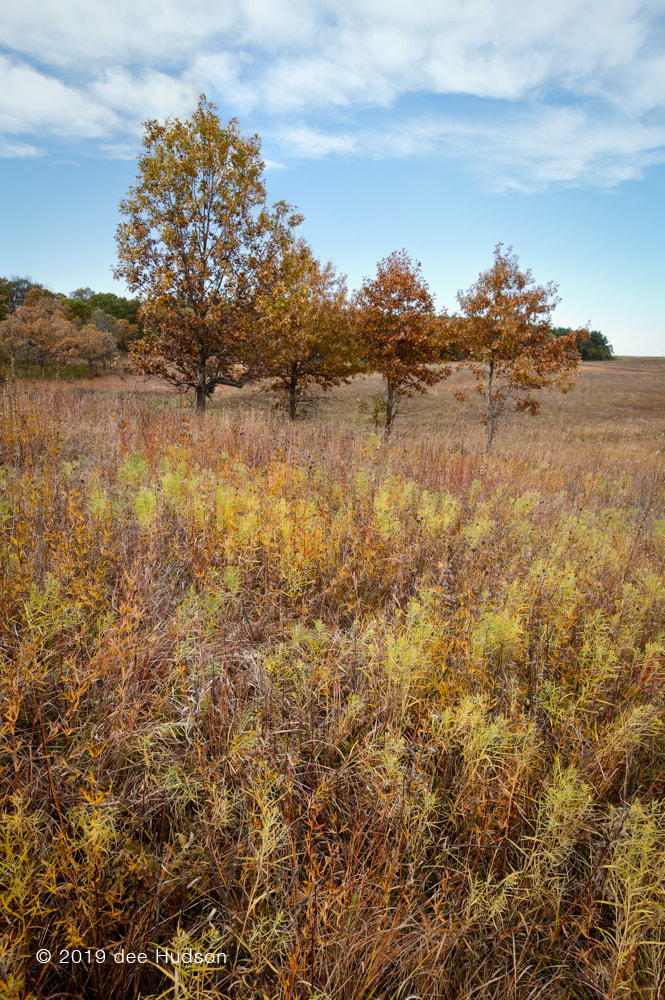
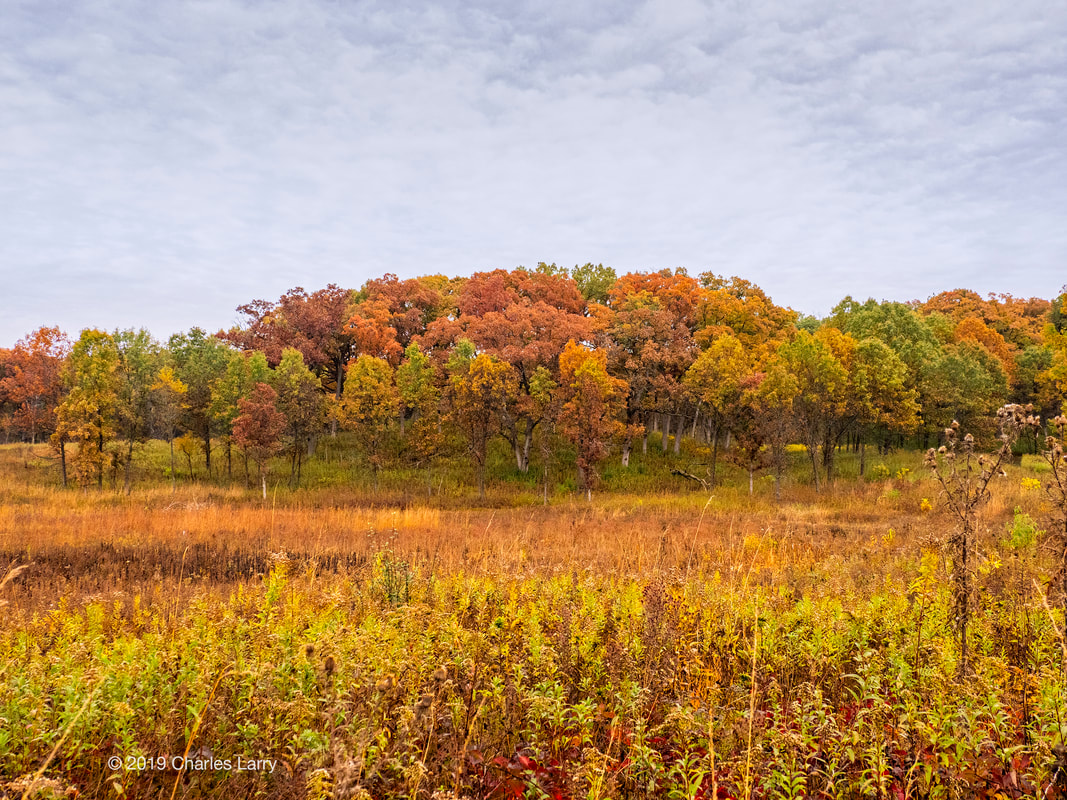
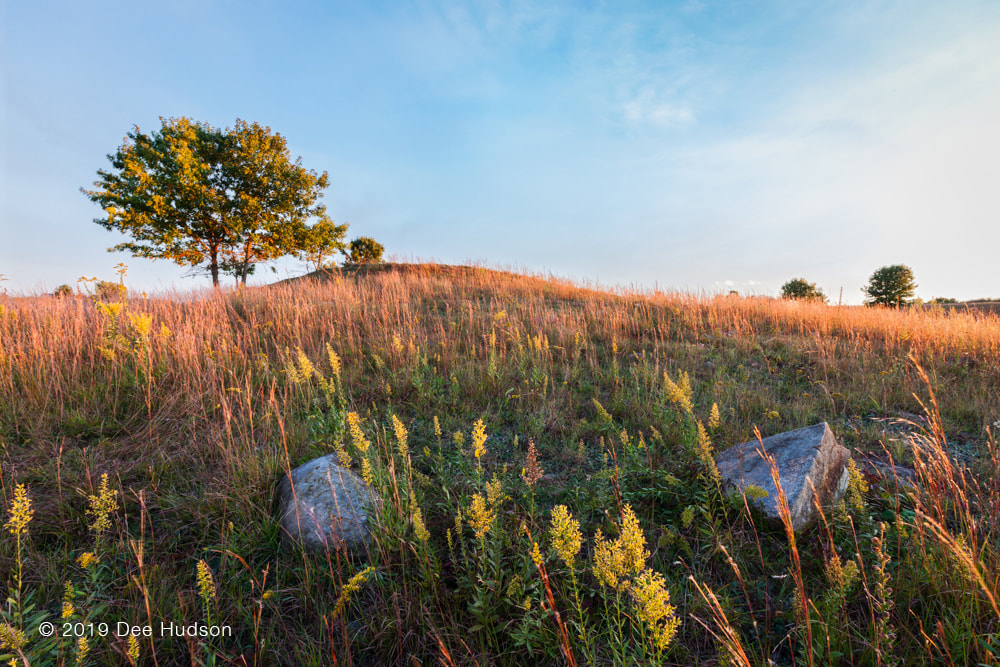
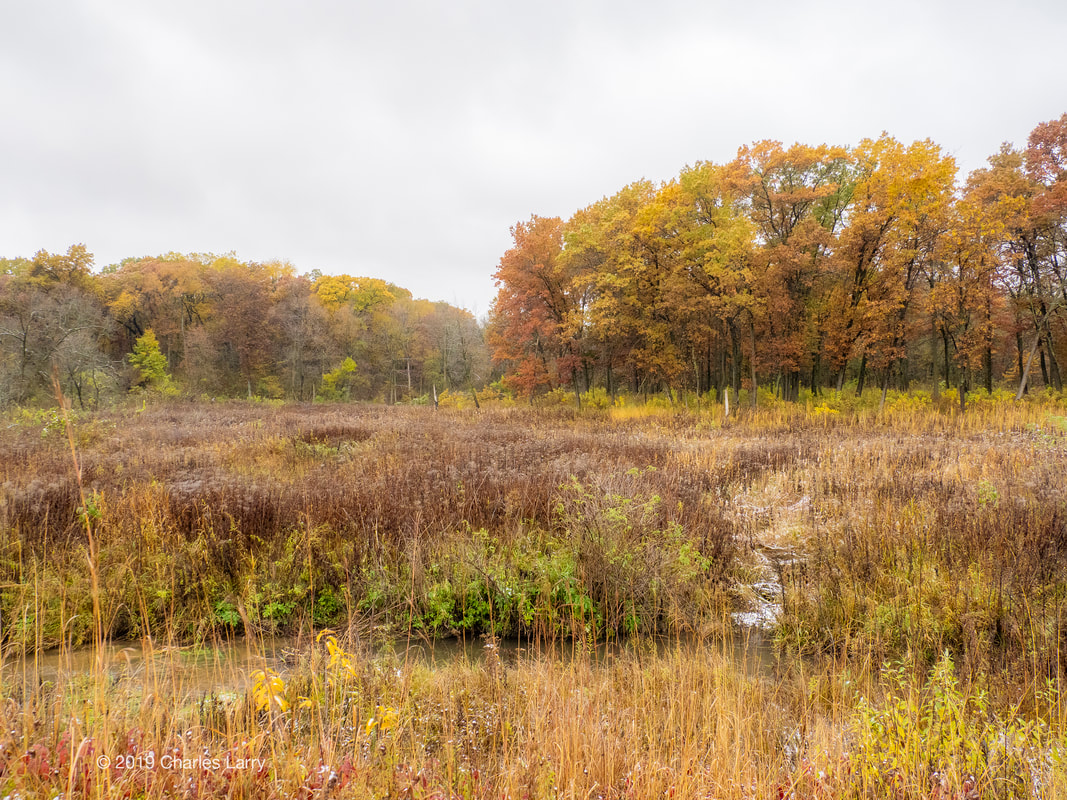
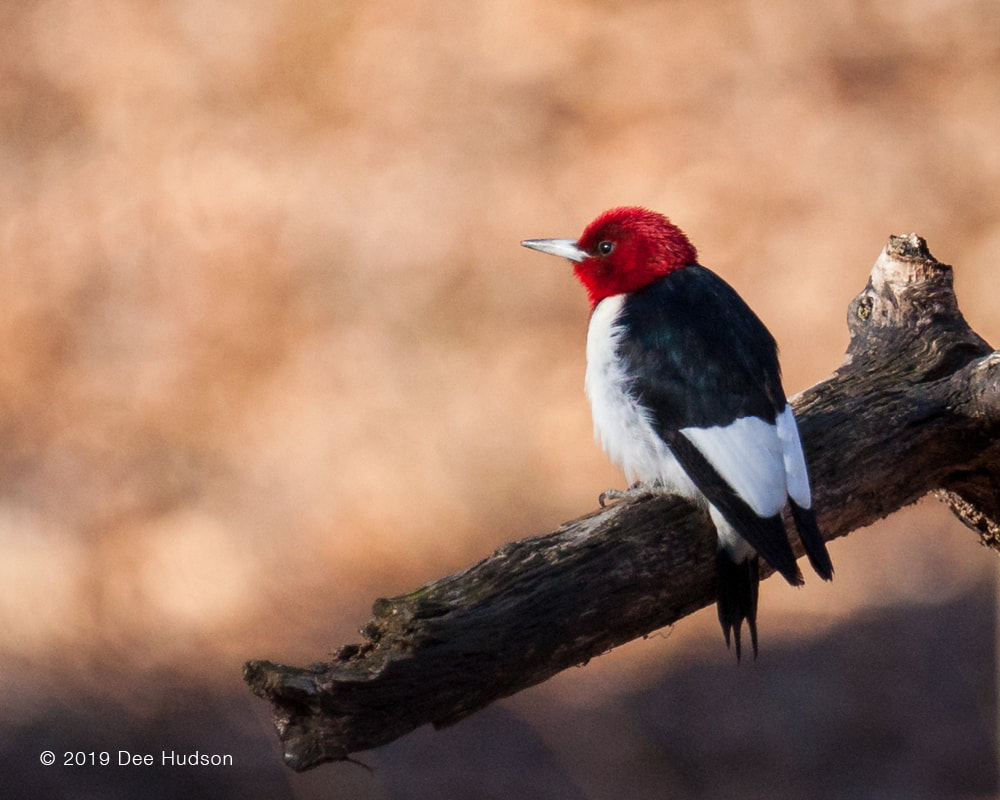
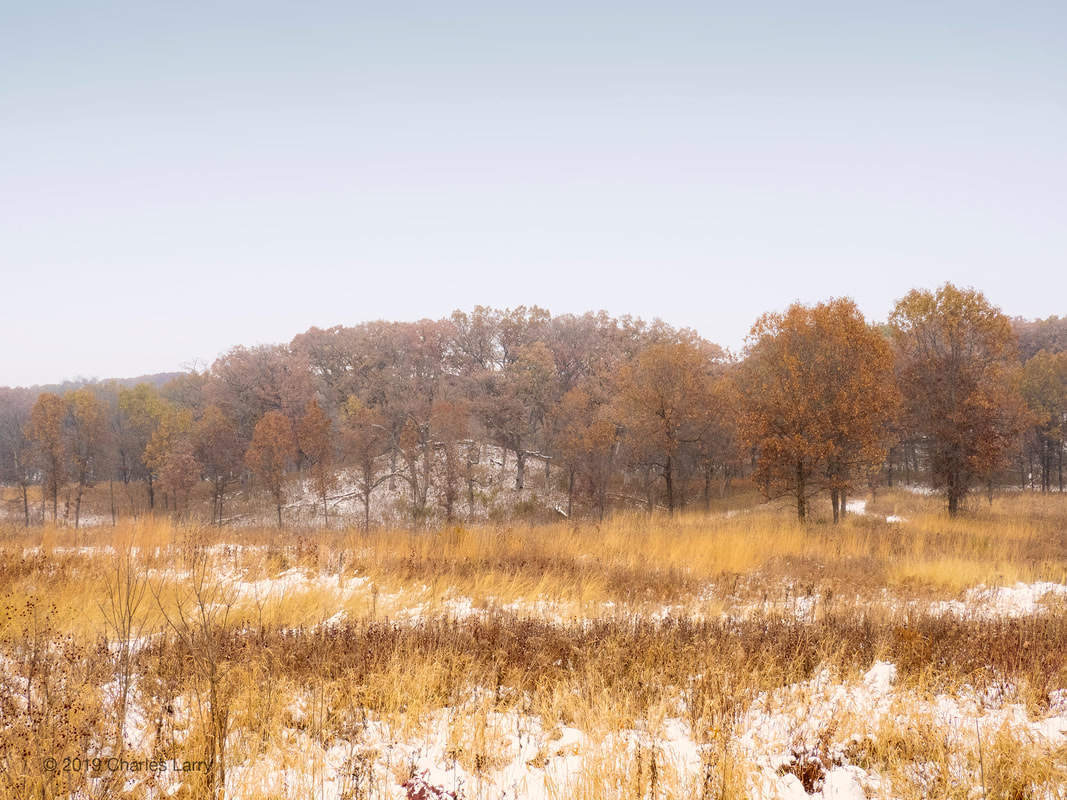
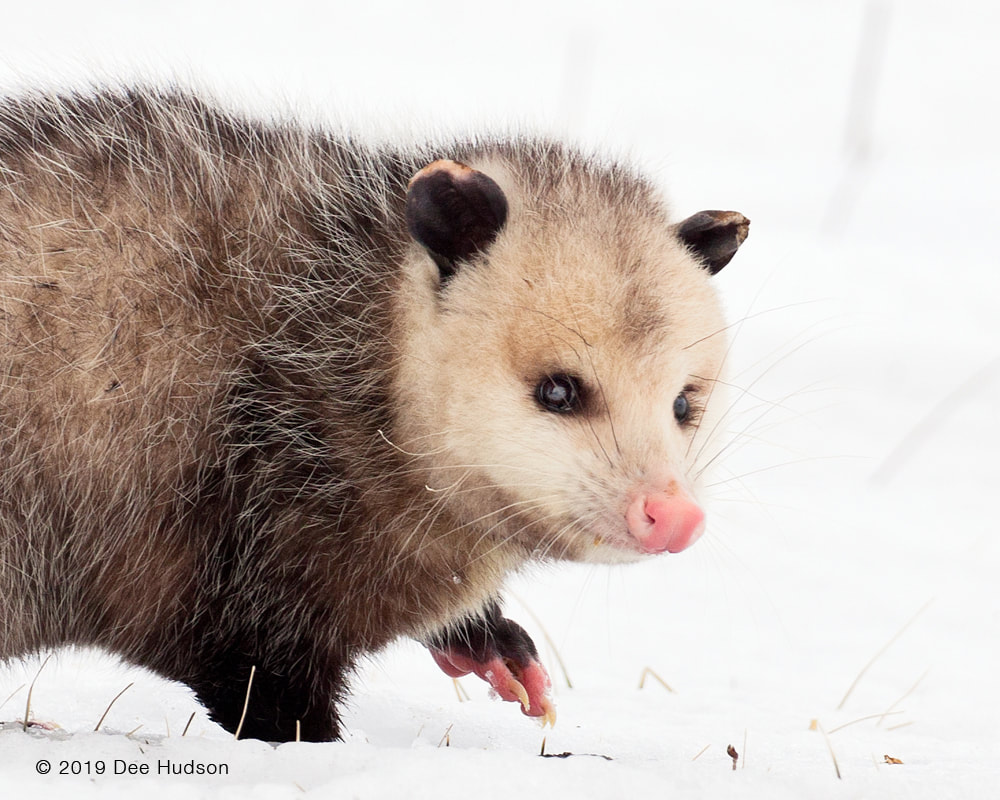
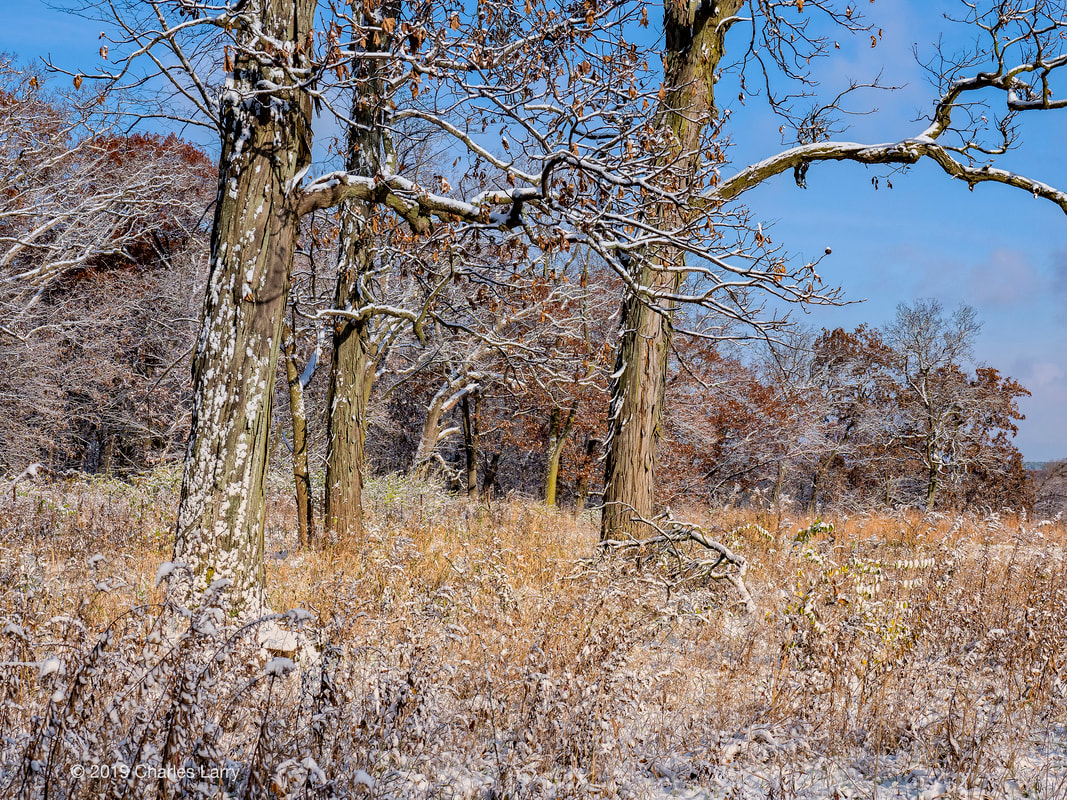
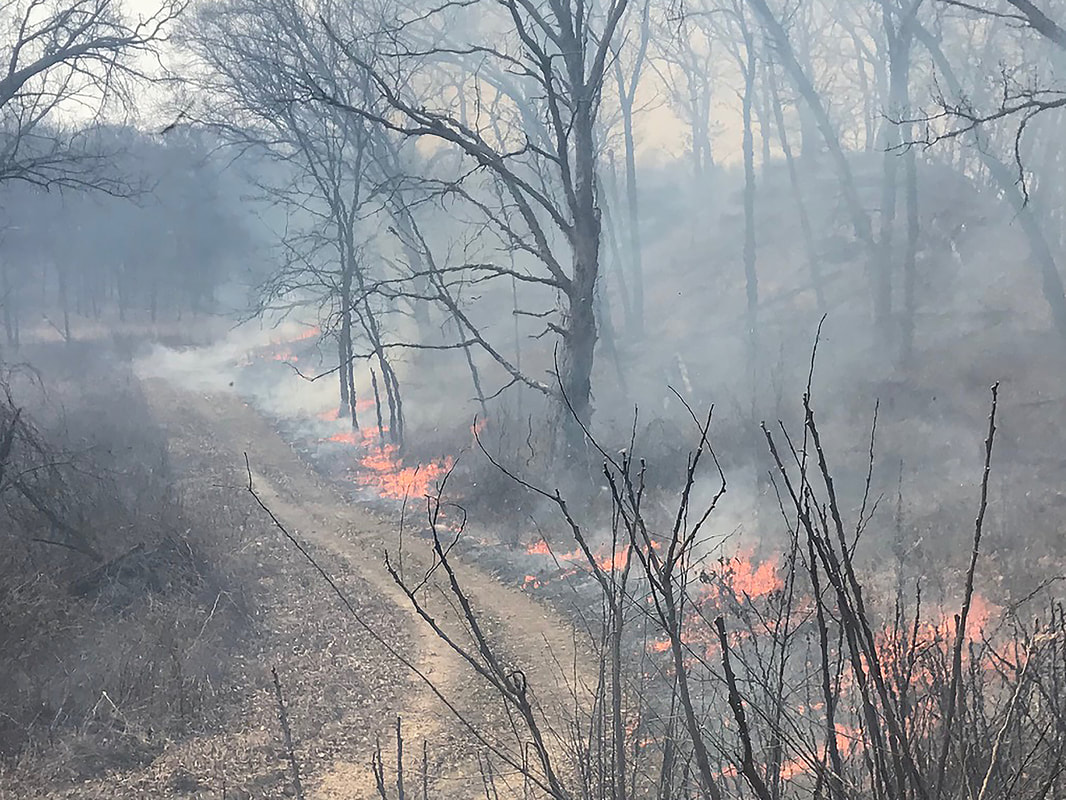
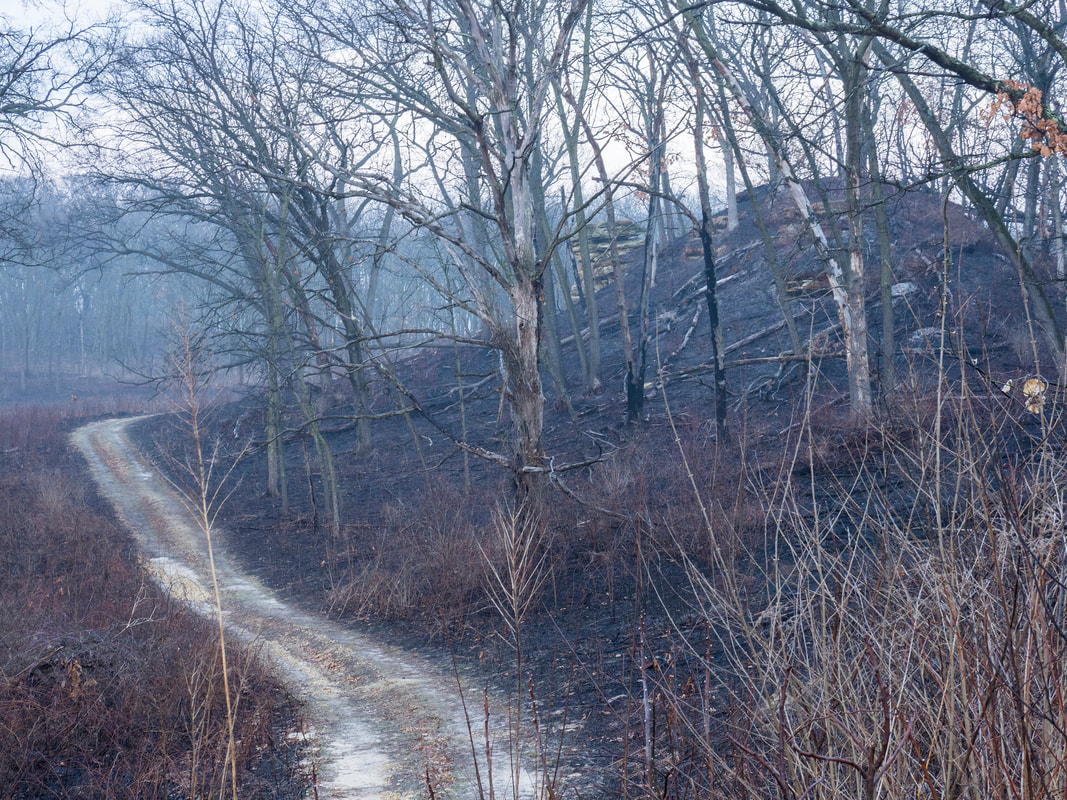


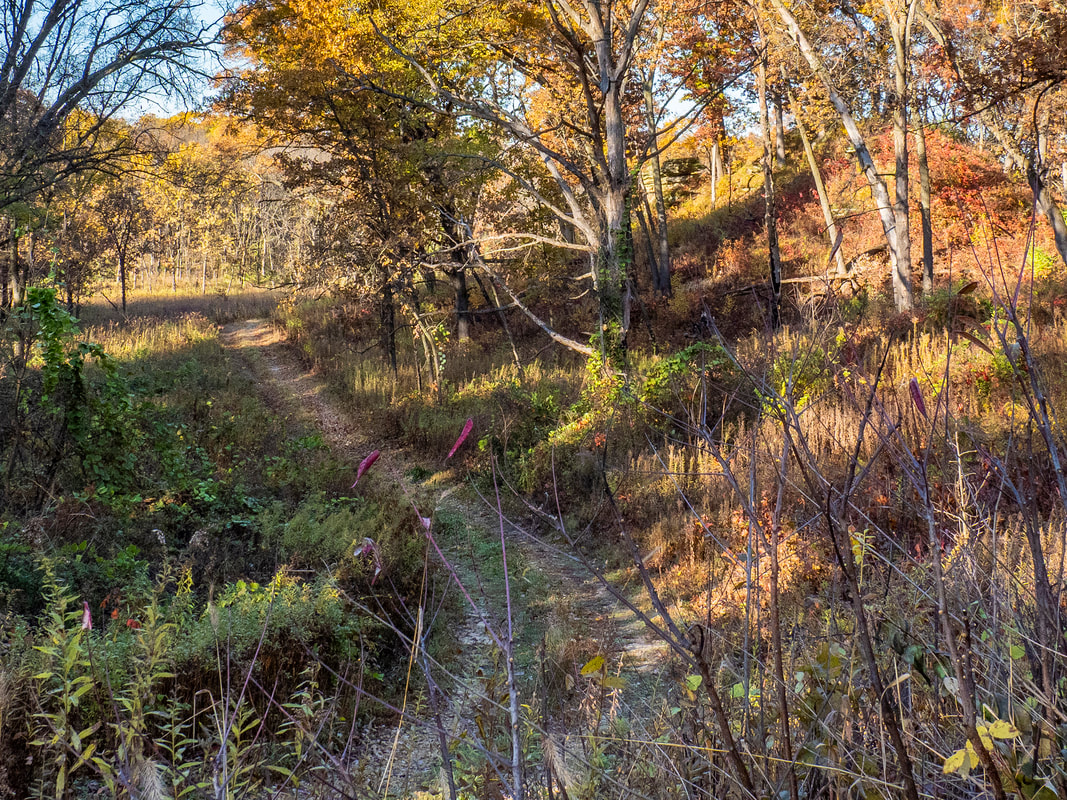
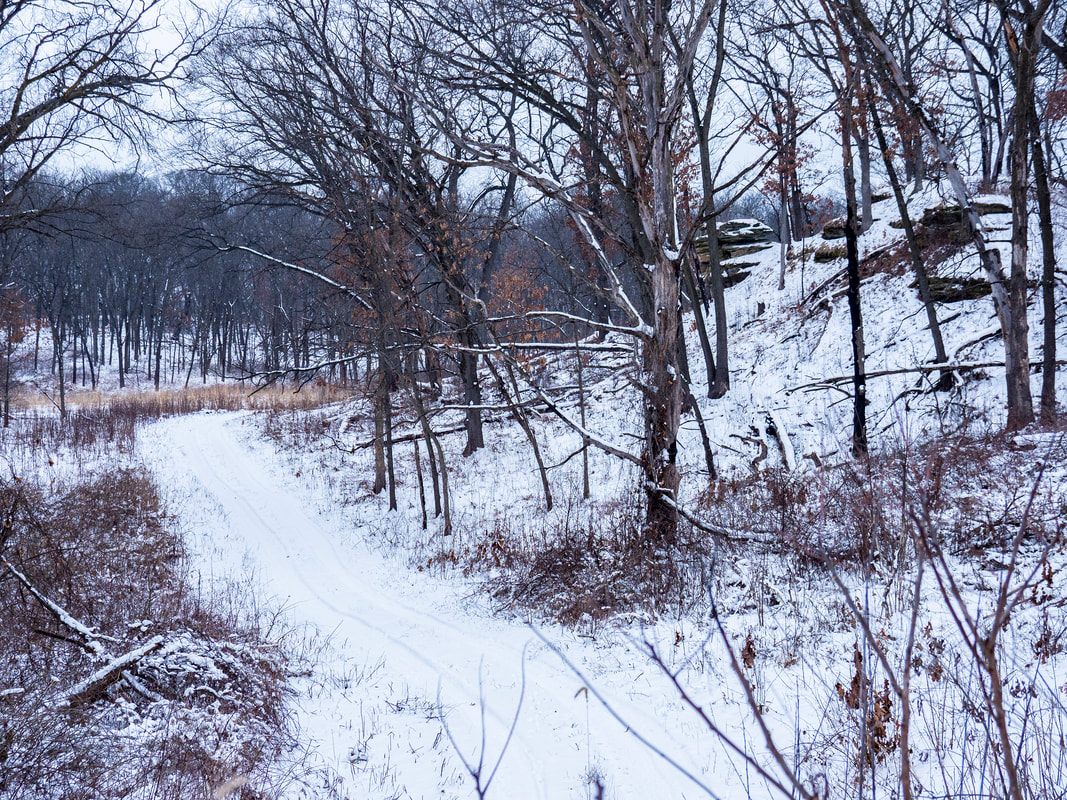

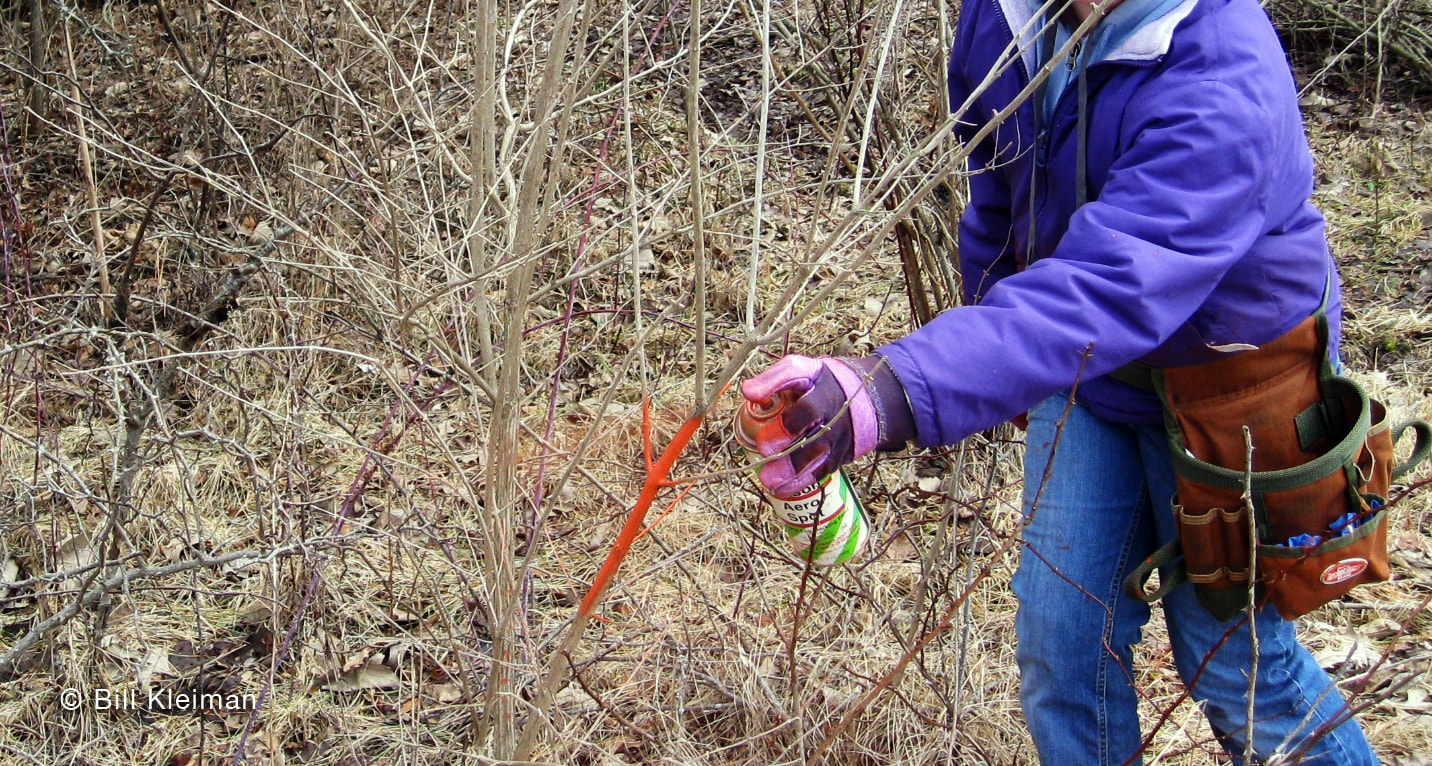
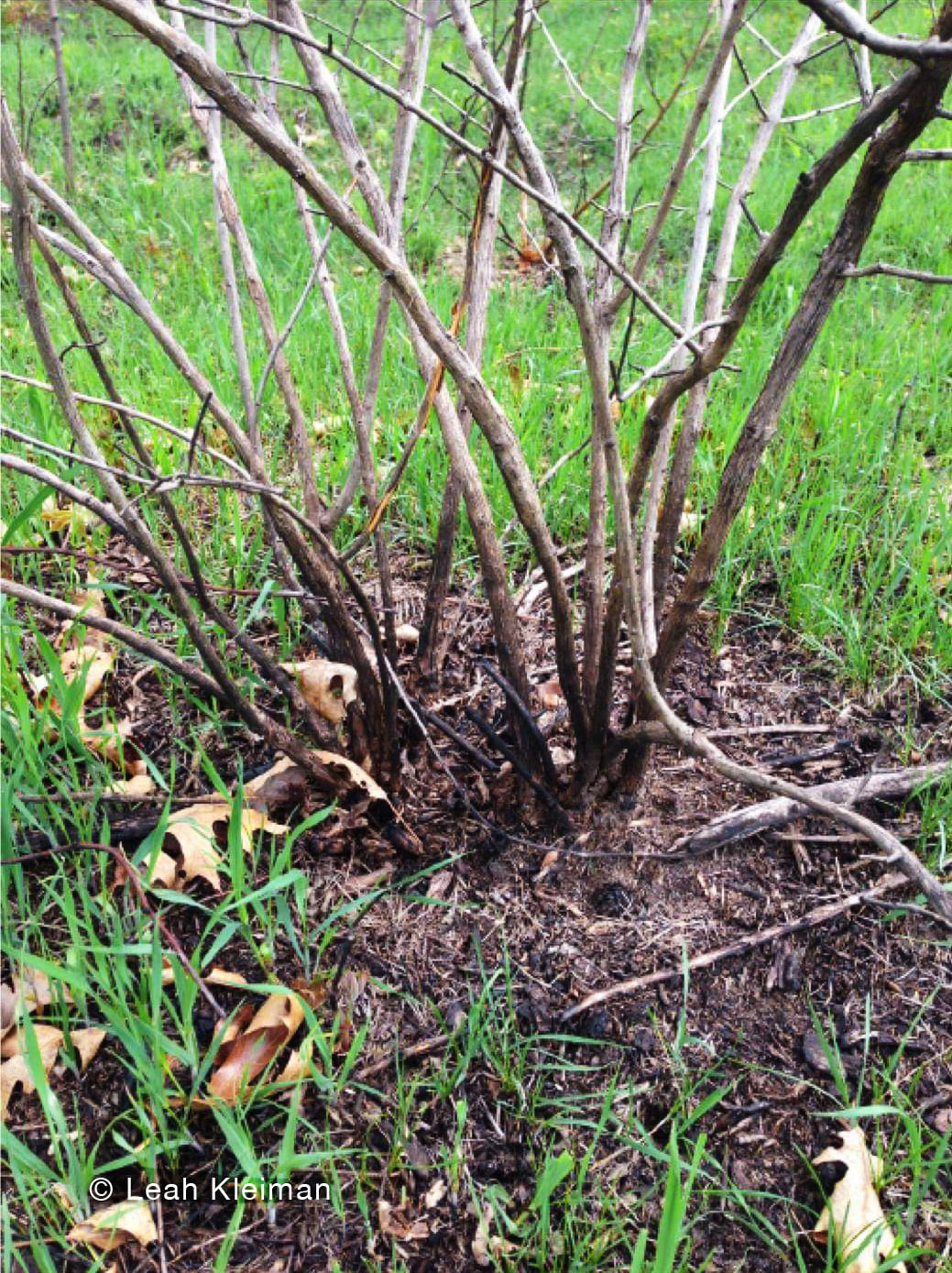
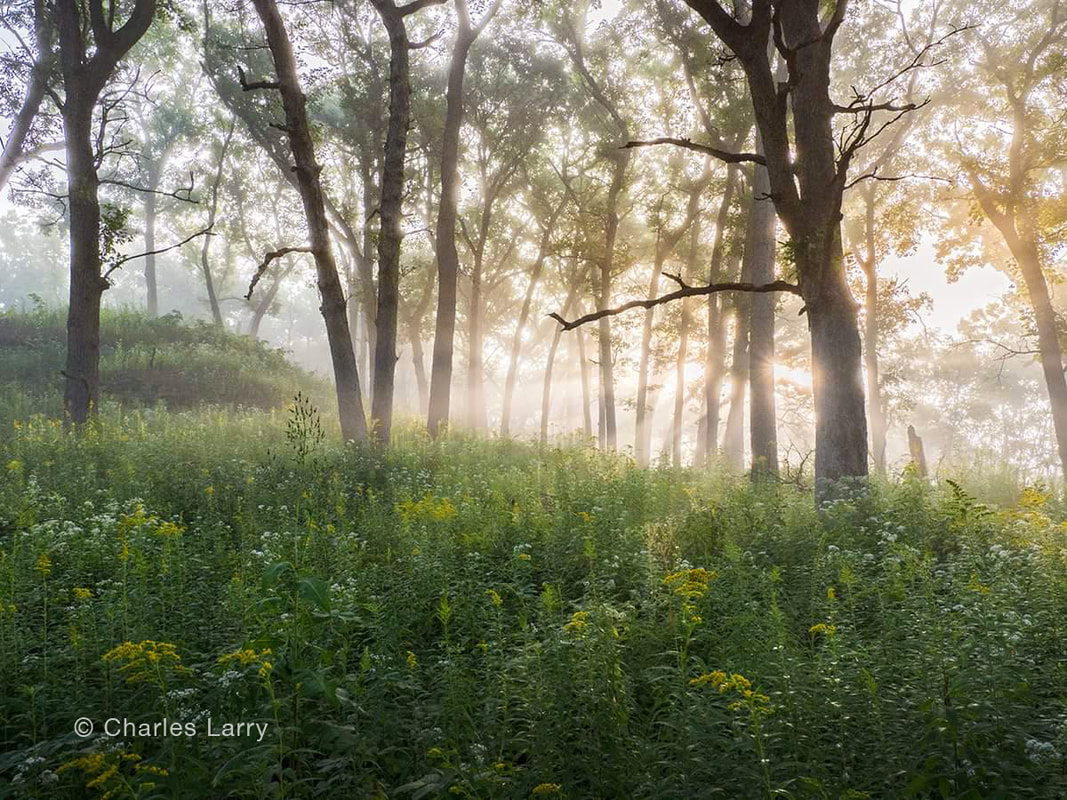

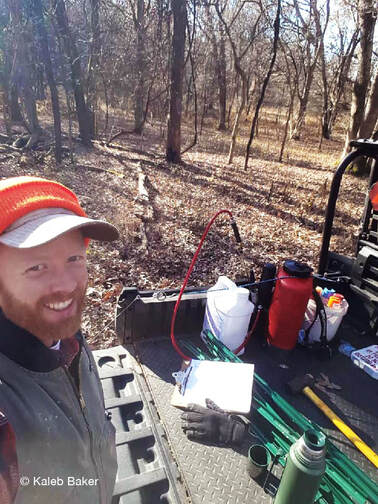
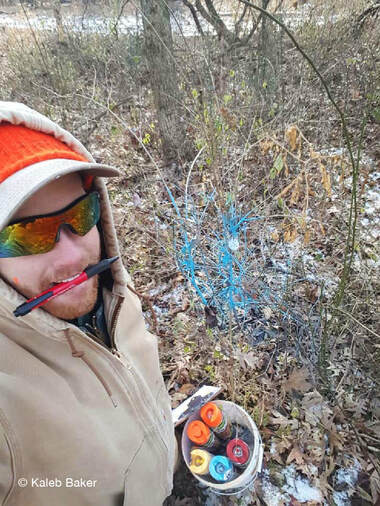
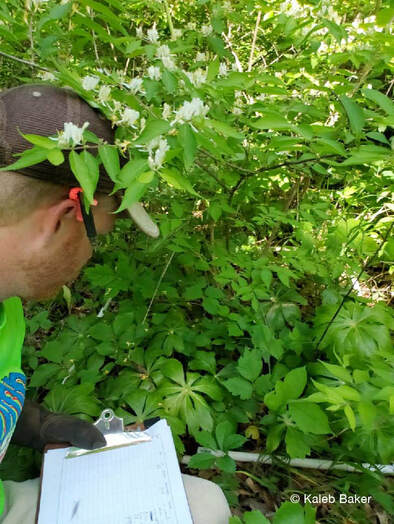
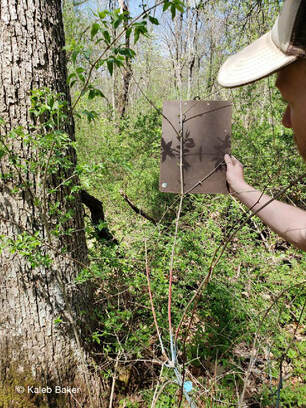
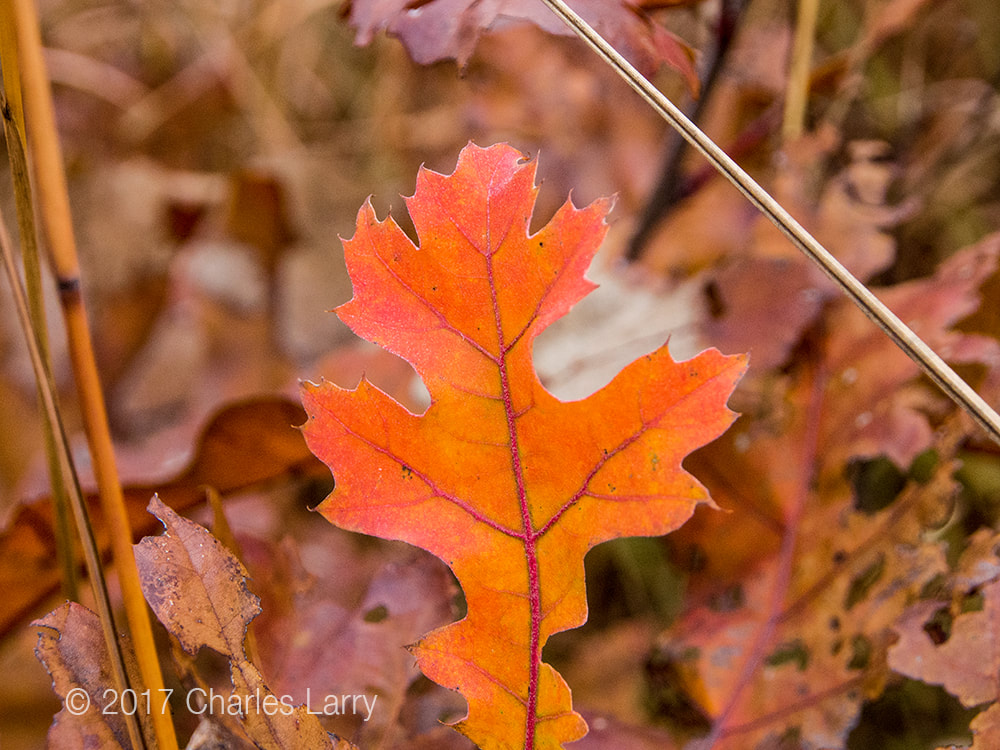
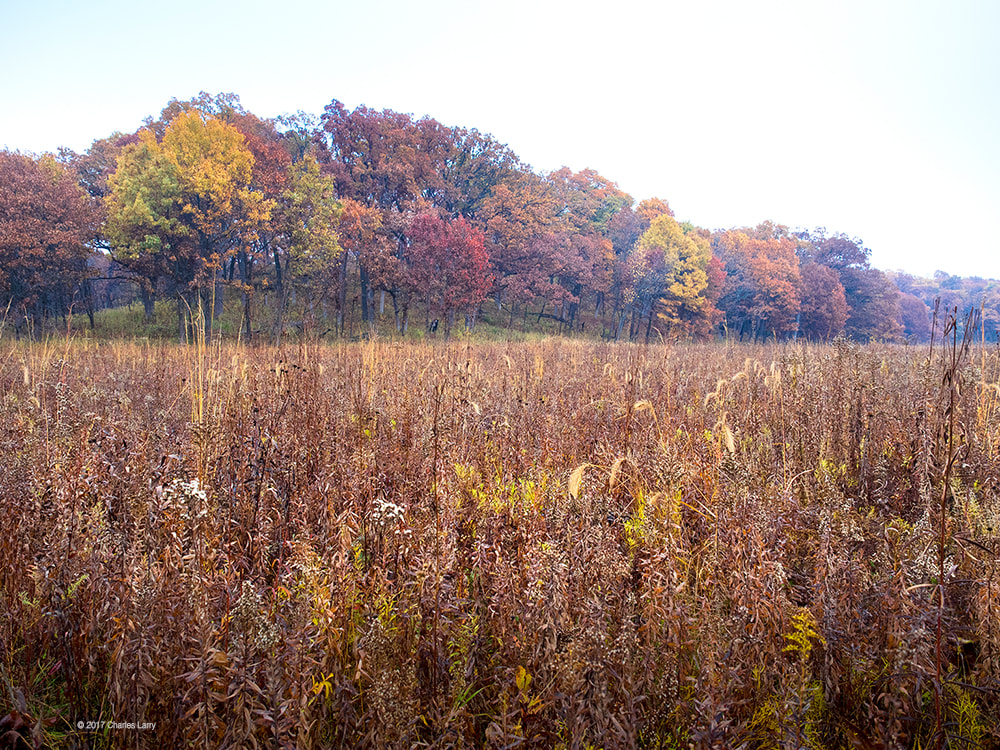
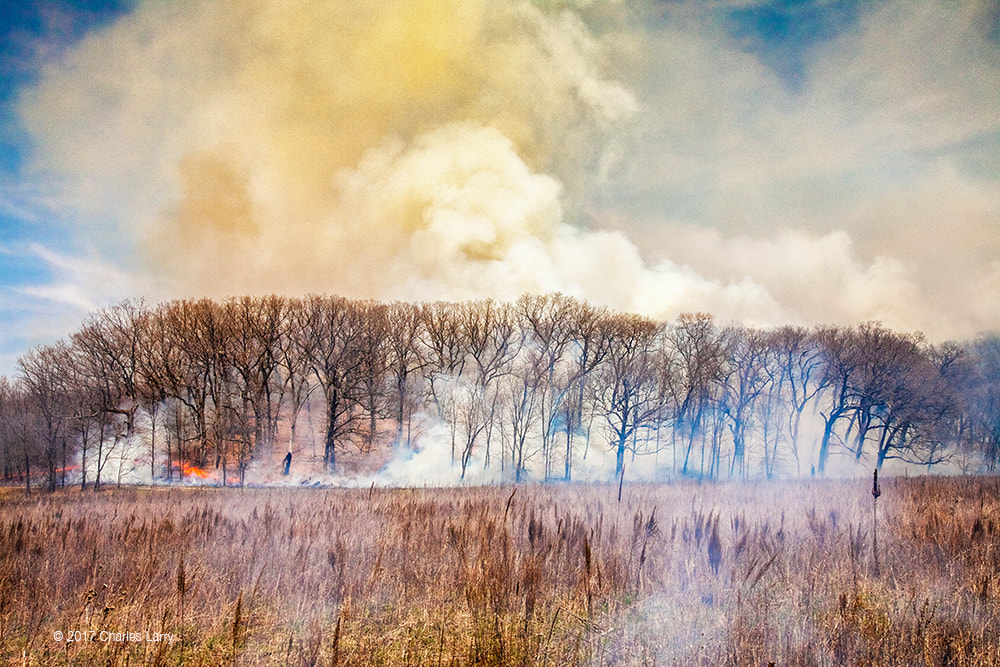
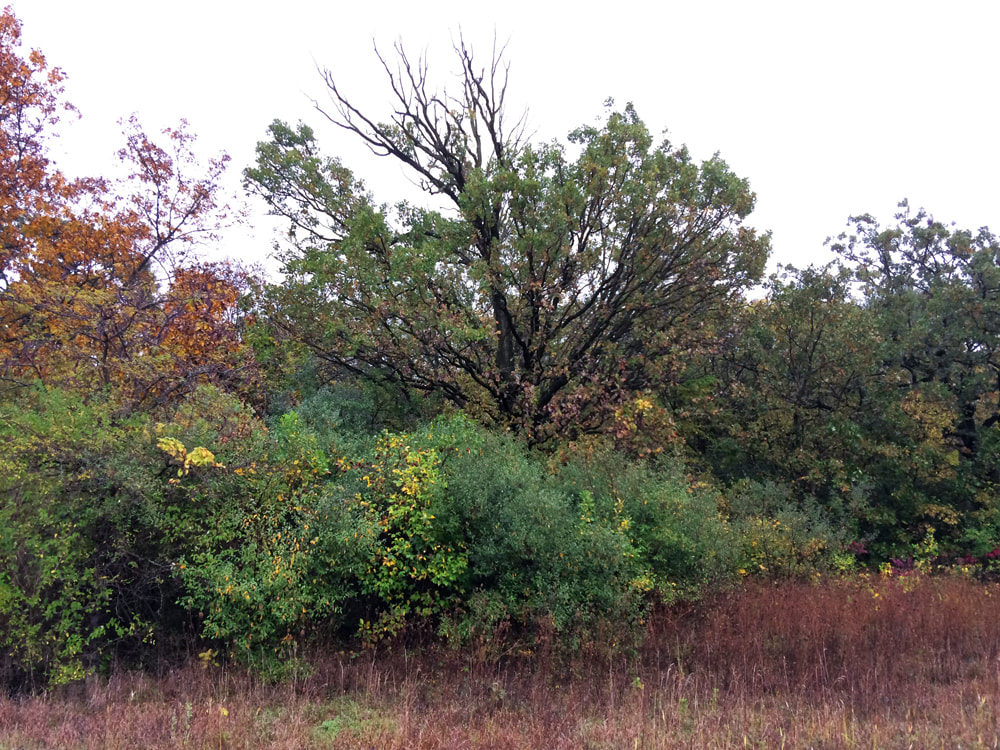
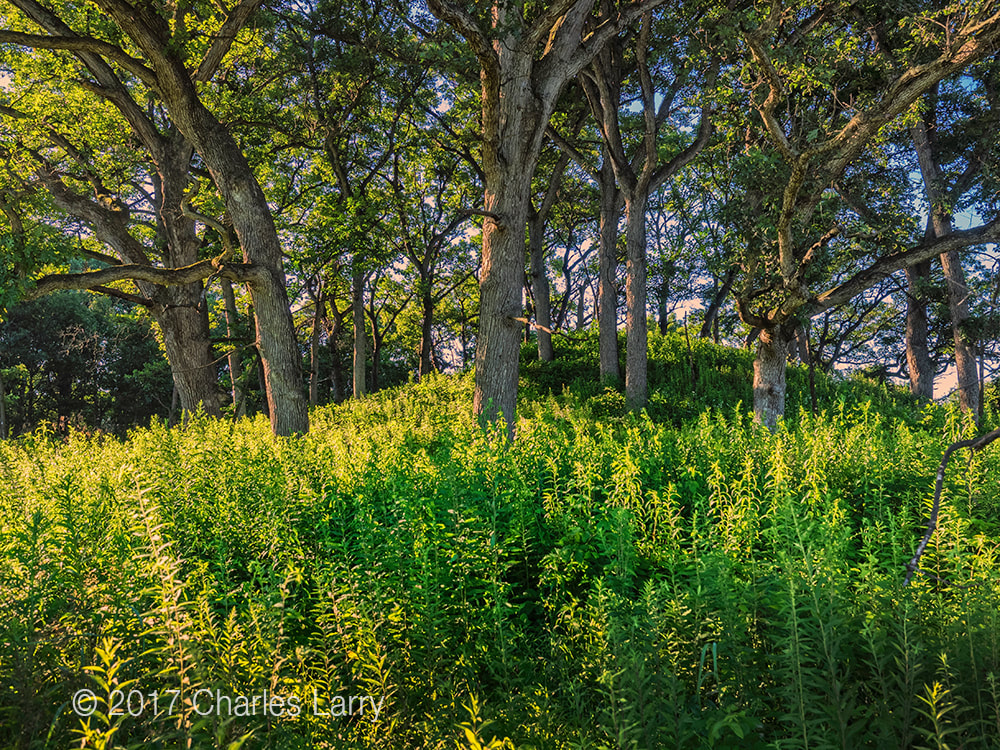
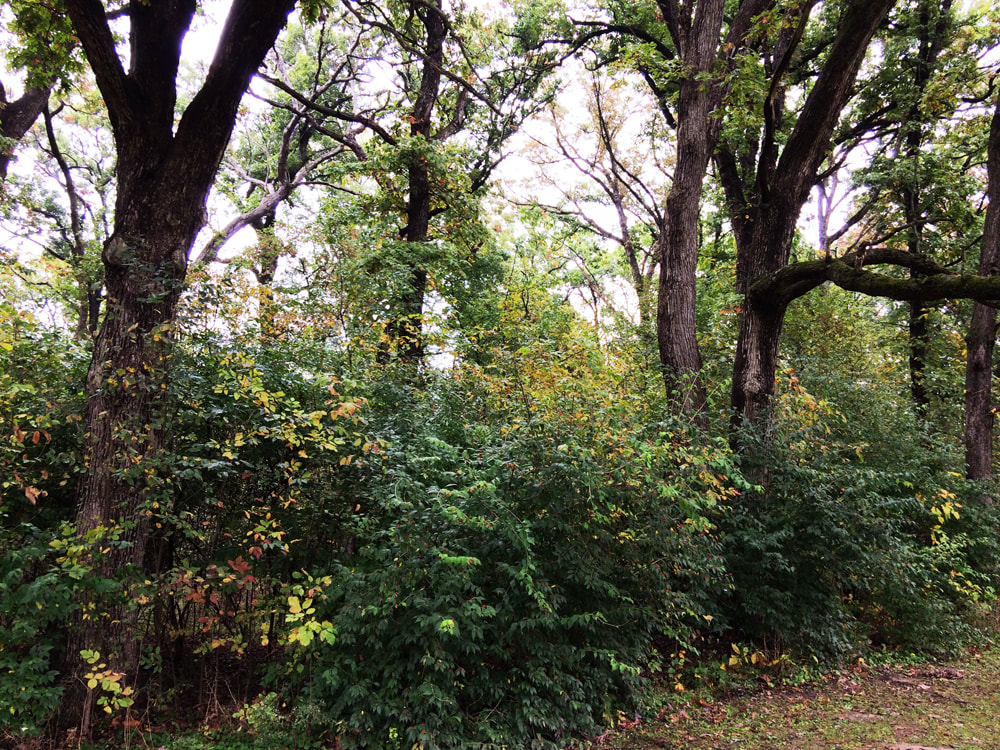
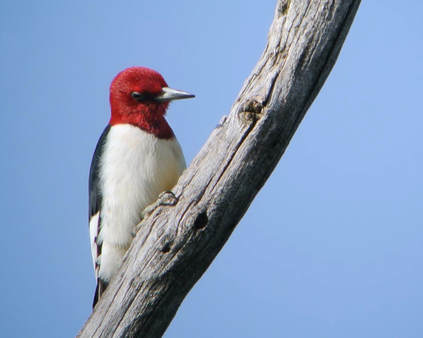
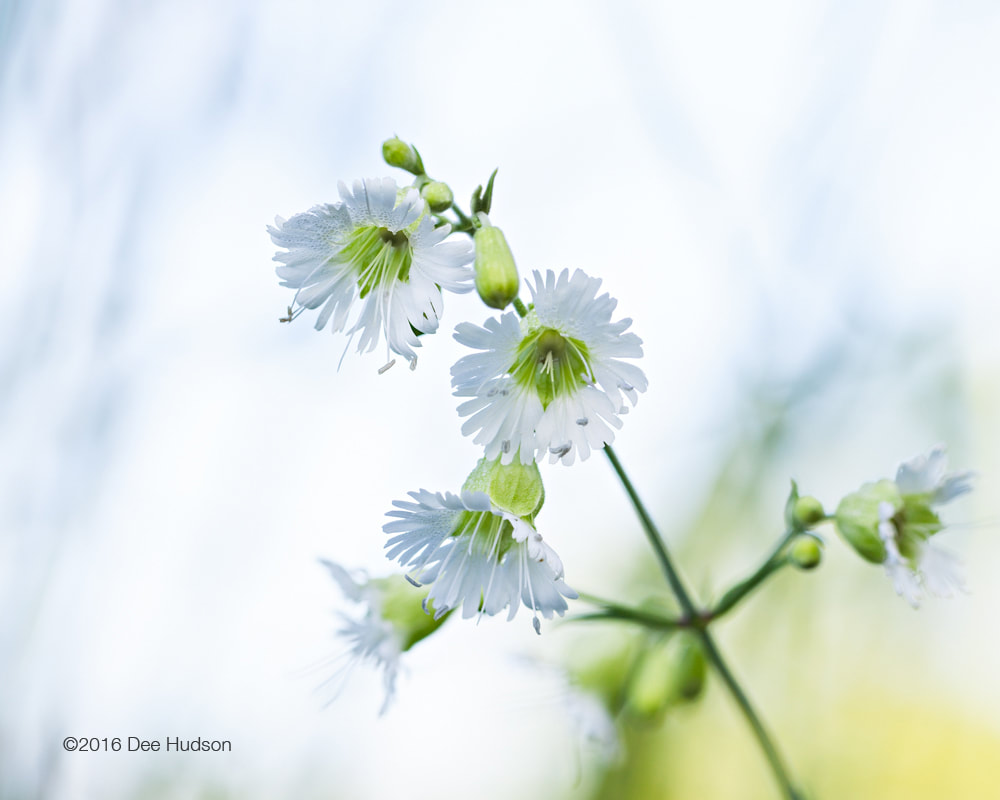
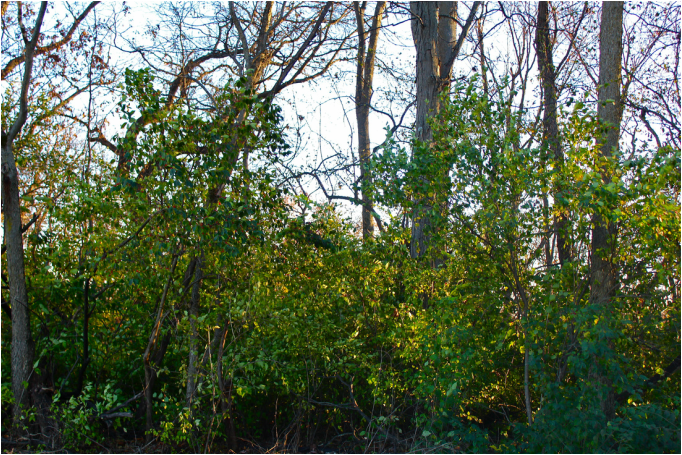
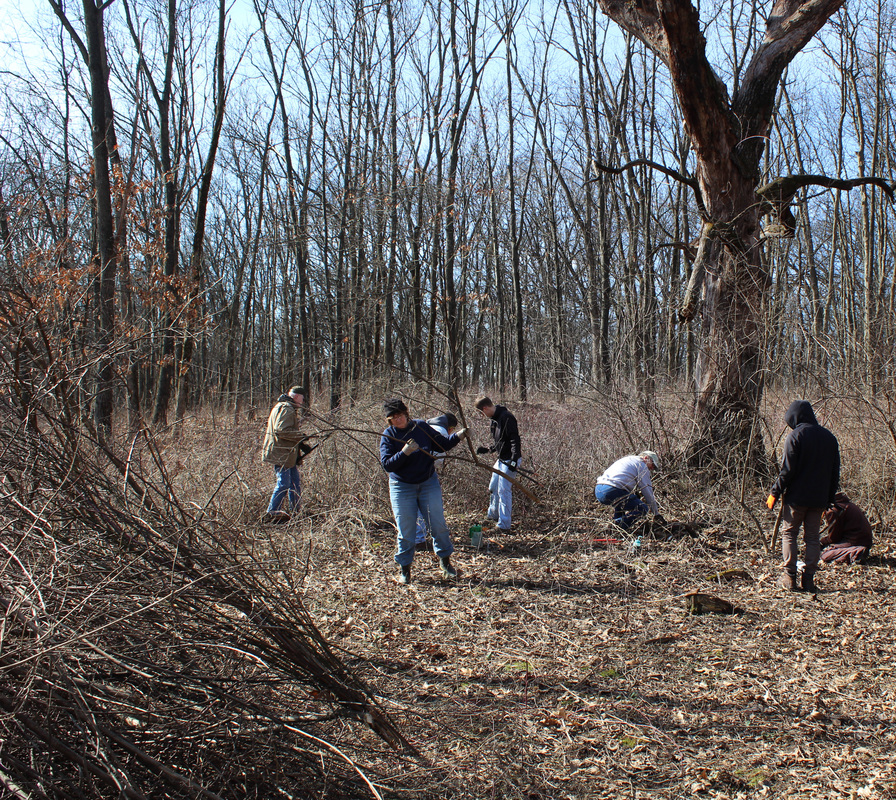
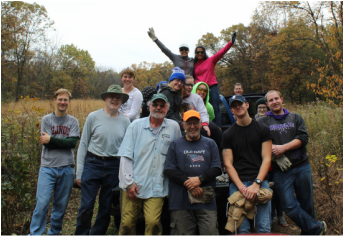
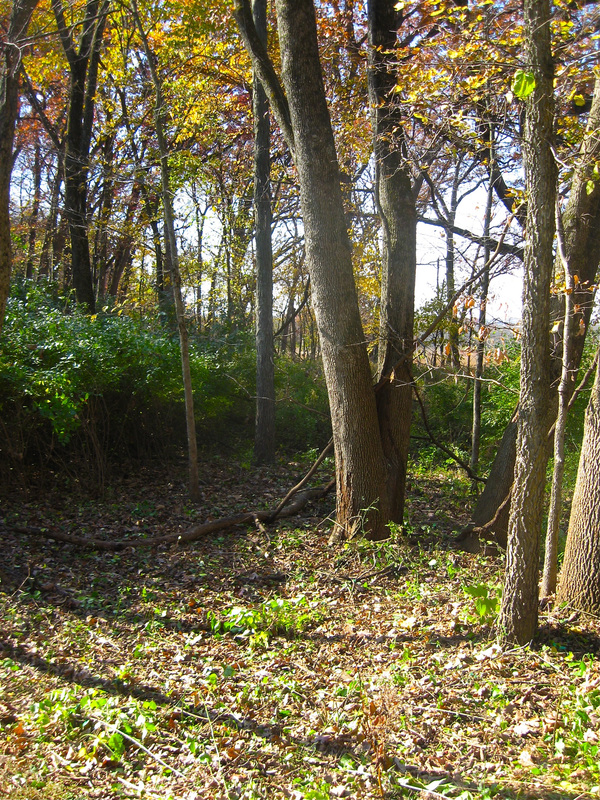
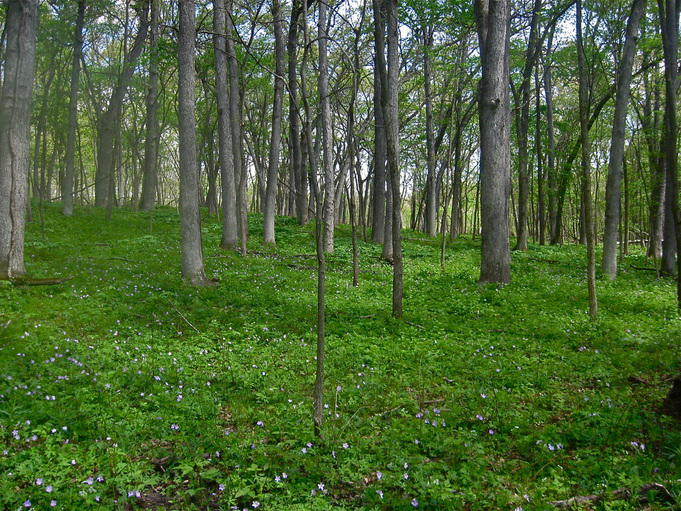
 RSS Feed
RSS Feed